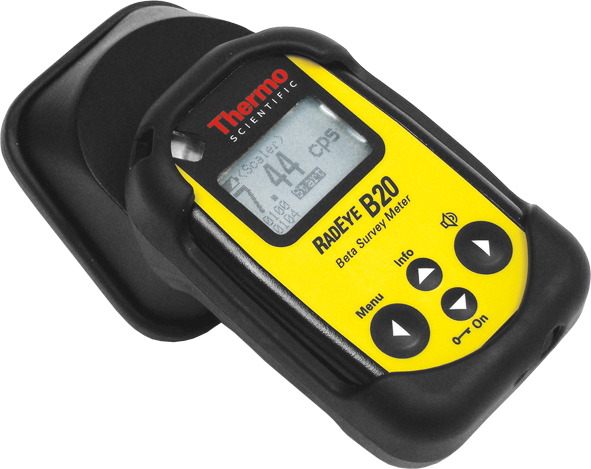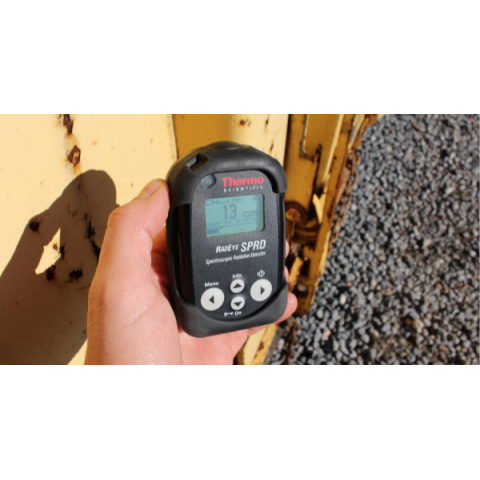Choosing a Radiation Survey Meter
Choosing a radiation survey meter is not a task to be taken lightly, and in many cases it is worth seeking expert advice before making the final purchasing decision.
We were recently asked by an educational institution to demonstrate the Thermo Fisher Scientific RadEye B-20.

The customer wasn’t sure if they really needed another radiation survey meter, as they already had a radiation detector from a different brand.
ADM Nuclear Technologies conducted a site visit to investigate the customer’s 'rock store', which mostly consisted of Uranium 238 samples.
The customer entered the store with their existing radiation detector and reported a dose rate of around 0.1 mSv/hr. This reading was not particularly worrisome, considering the short duration of time that was usually spent in the store.
However, when we conducted the same test with the B-20 the result showed a fivefold increase in the dose rate to 0.5 mSv/hr.
Unfortunately, the customer’s existing radiation detector had a very poor dose response for Beta emissions around 270keV, which is the decay energy released by Thorium-234, a decay product of Uranium 238.
Whereas the RadEye B-20 maintains a consistent response from 150 keV and upwards. Some survey meters relative response will vary greatly depending on the decay energy released by the decaying isotope.
This highlights the advantages of using a survey meter that has been thoroughly tested to international standards, which require the performance of the survey meter to be tested across a wide energy range. Manufacturers such as a Thermo Fisher Scientific, produce algorithms that are used in the device’s software to flatten the energy response and ensure accurate results are obtained.
If you want peace of mind that you are using the most suitable radiation survey meter, then please do not hesitate to contact ADM Nuclear Technologies.
IS THIS INFORMATION USEFUL?
If so, why not share it with your peers and colleagues. Simply click on the blue LinkedIn share icon below.

